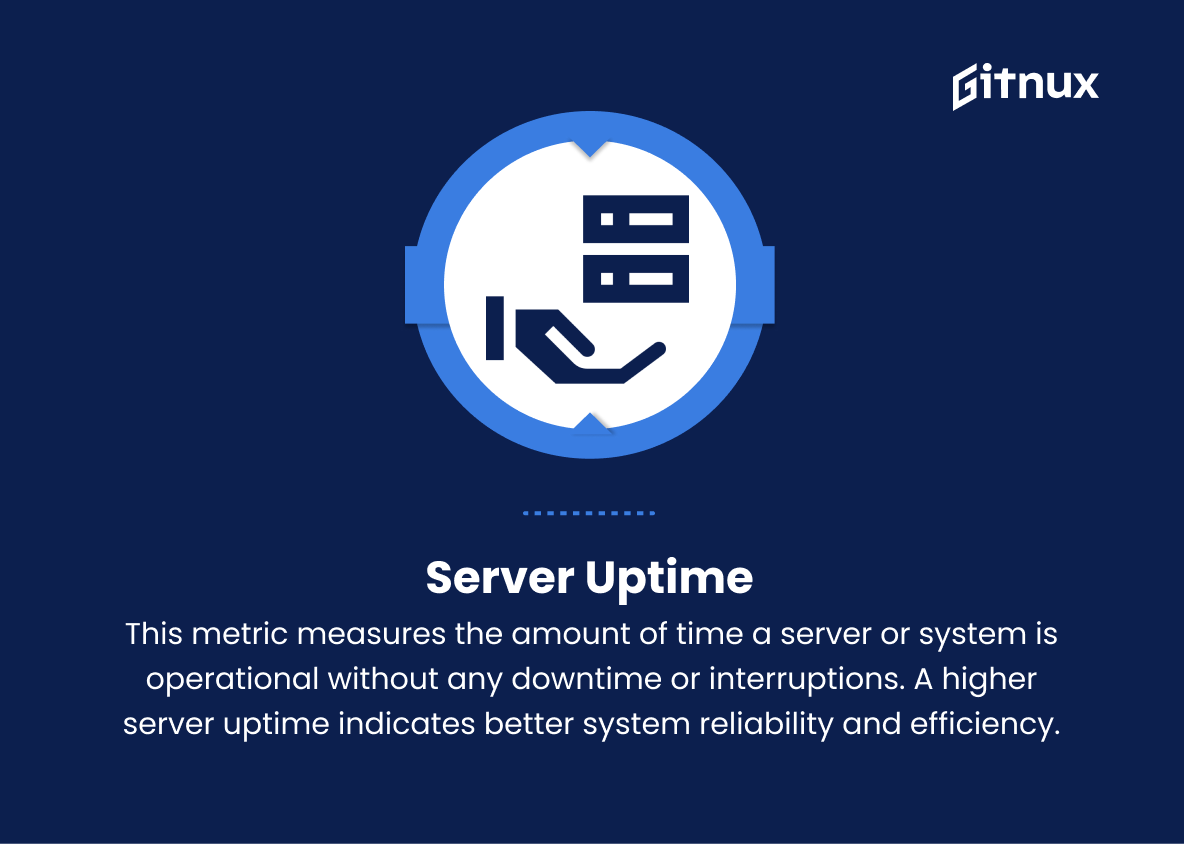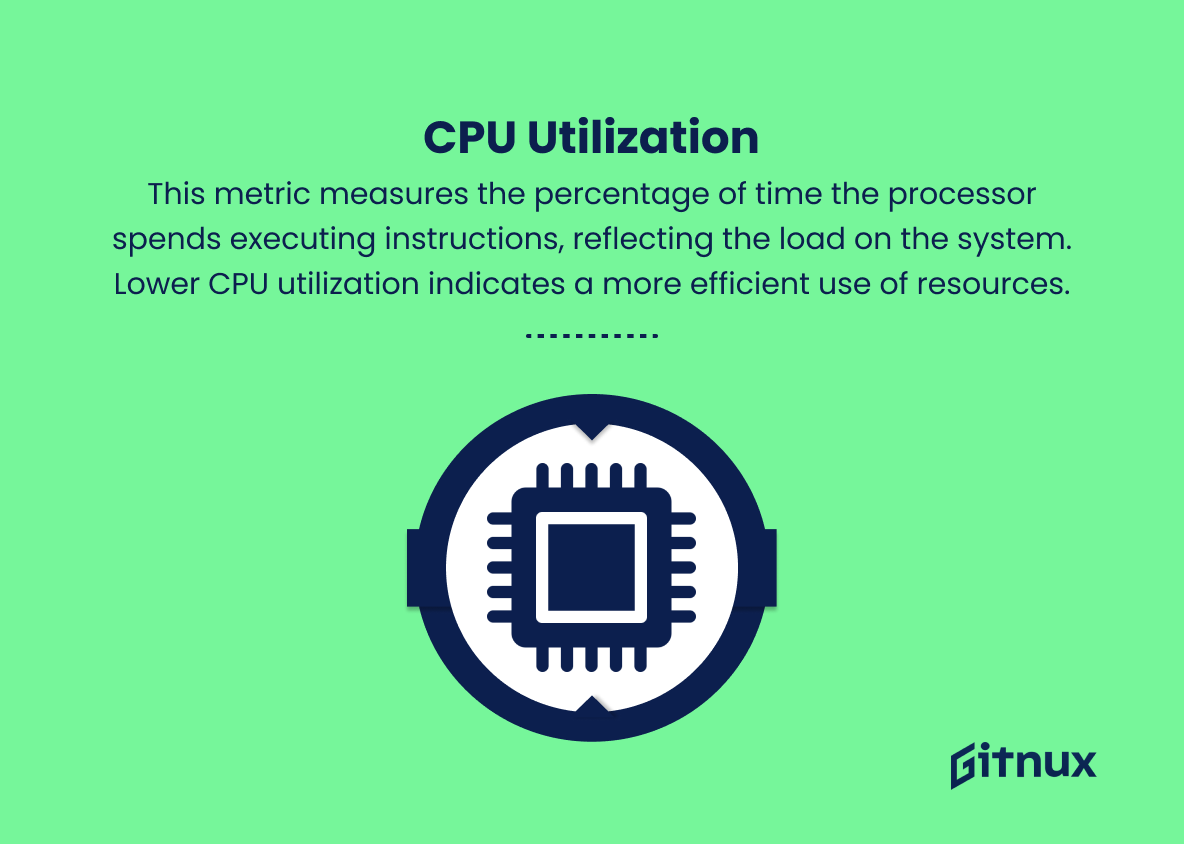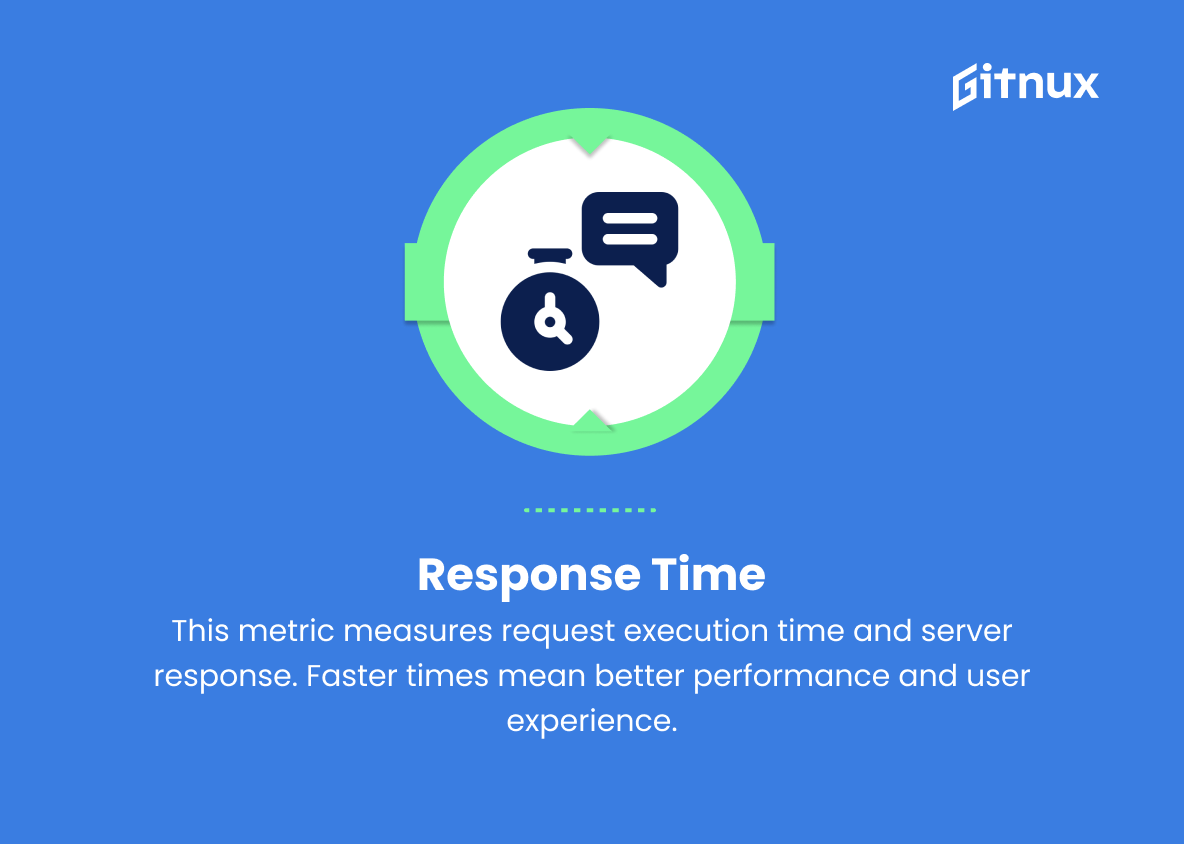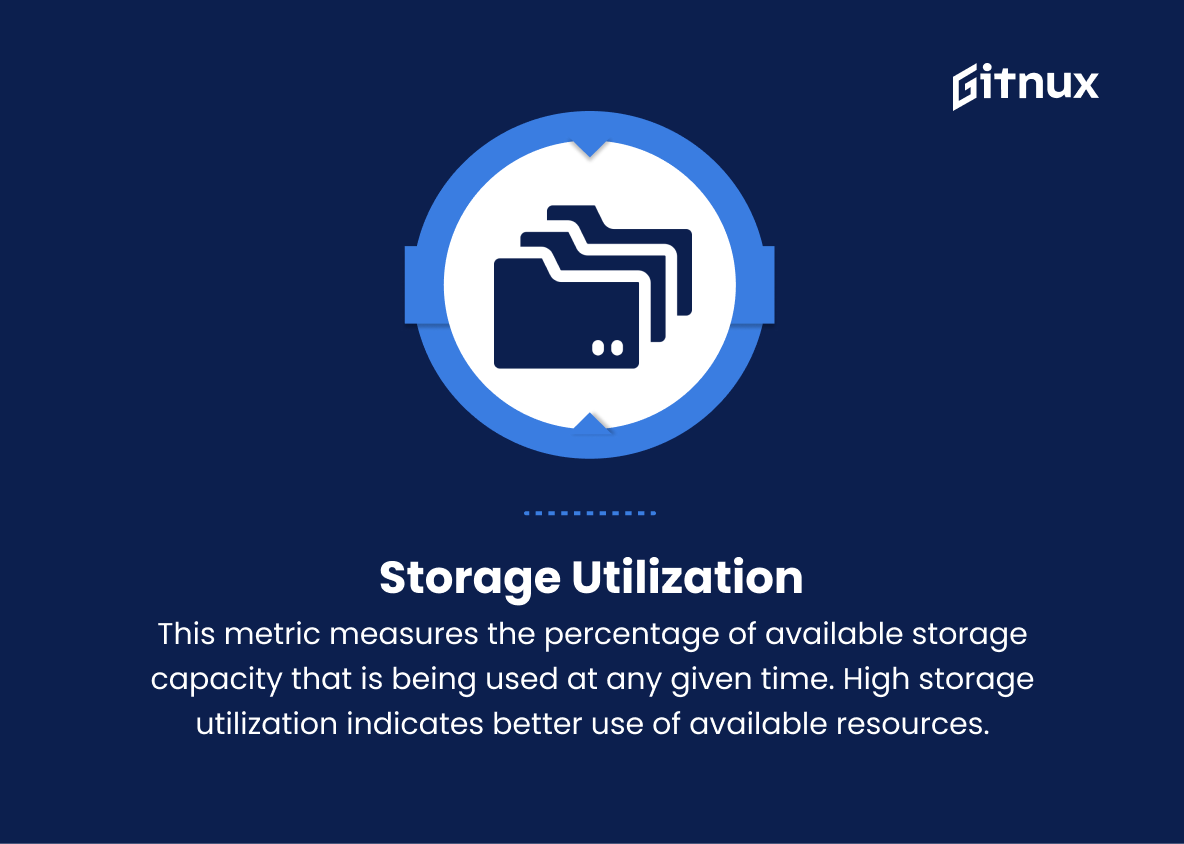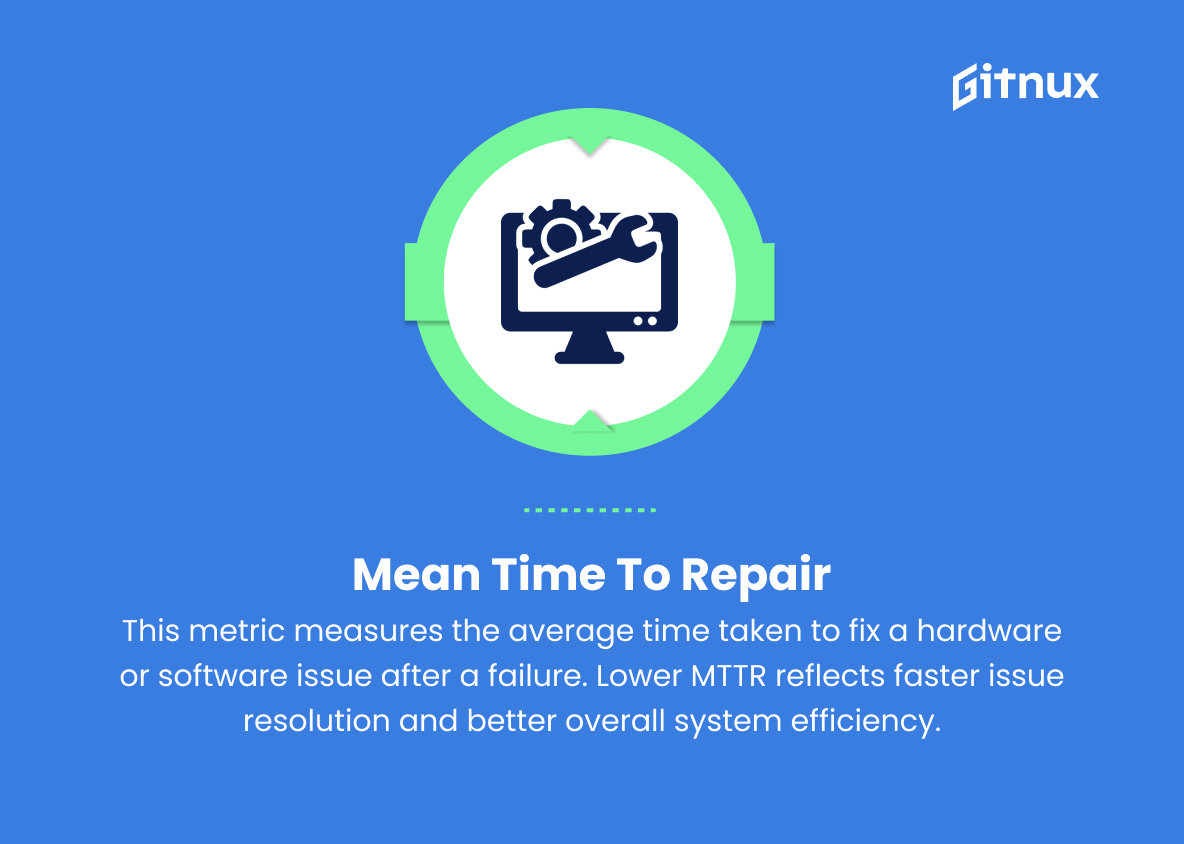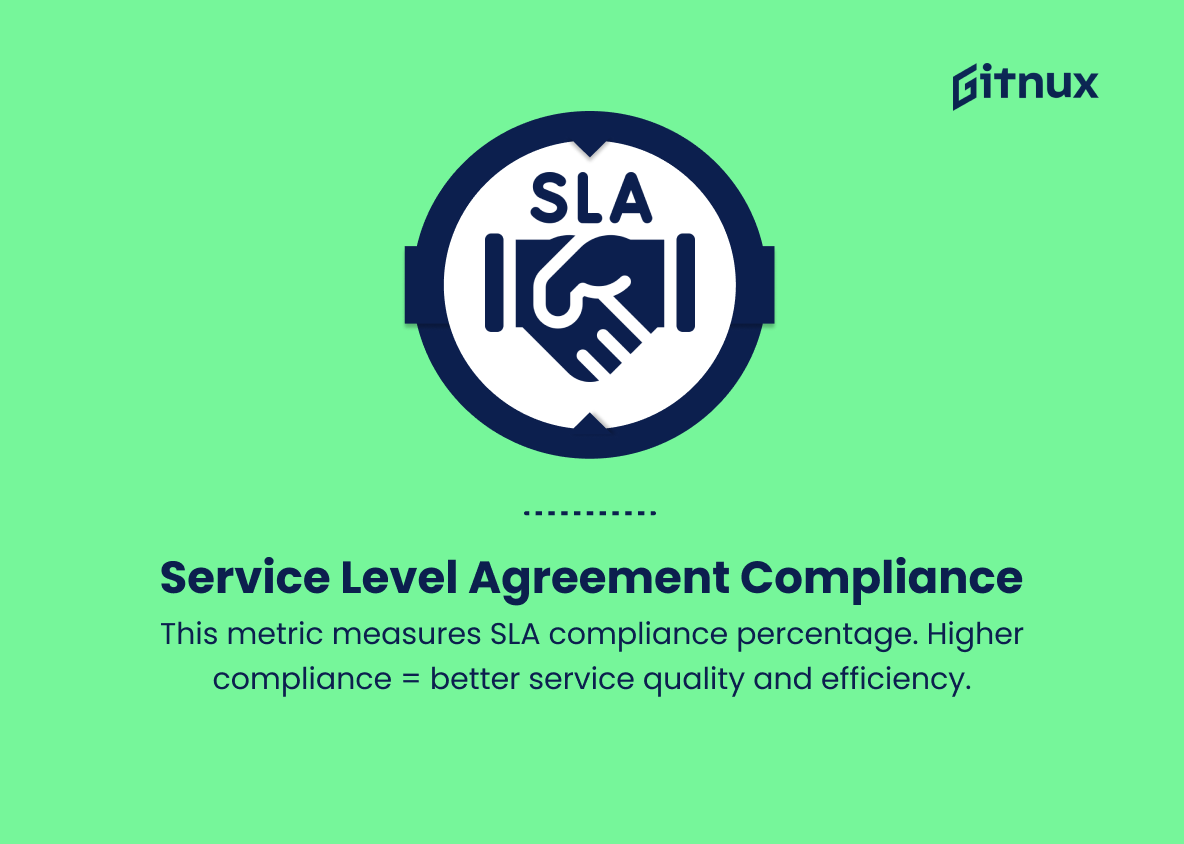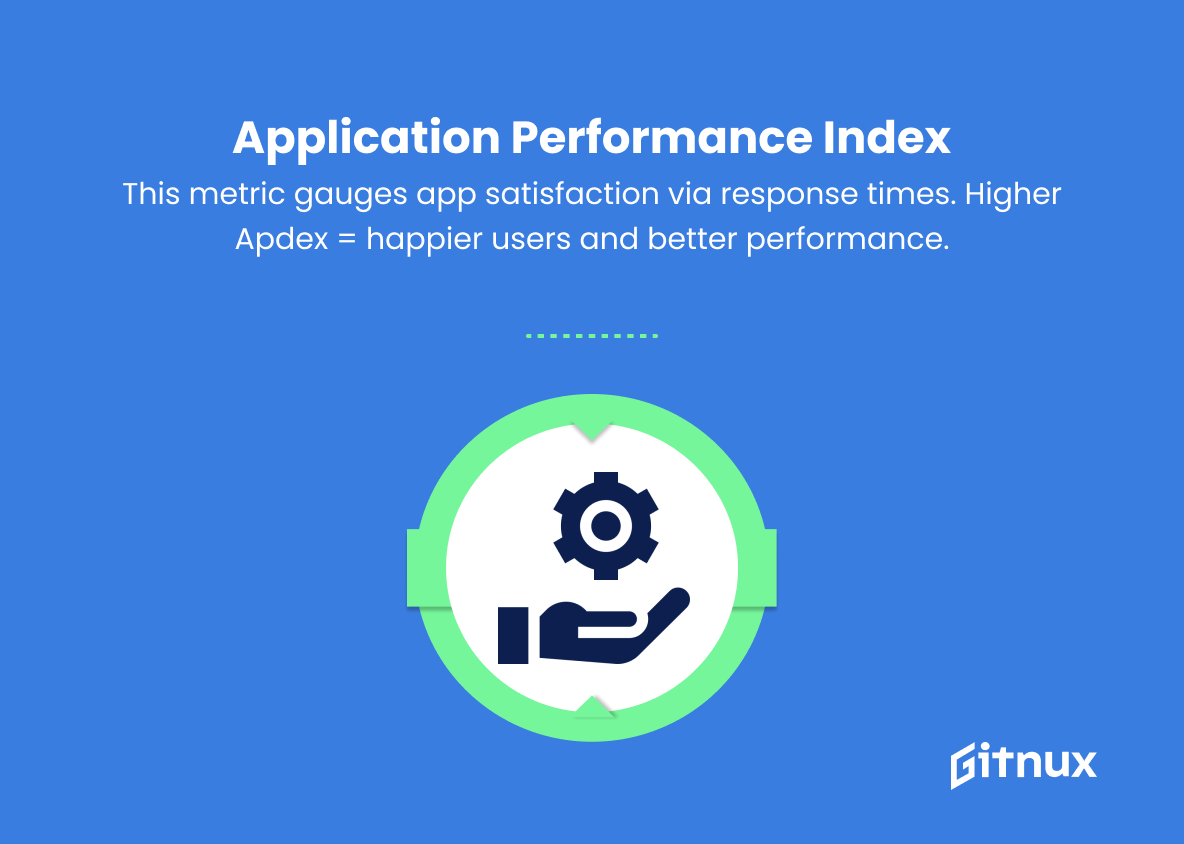In today’s rapidly evolving digital landscape, organizations across industries face the constant challenge of adapting and improving their operational efficiency. IT Efficiency Metrics serve as a critical tool in this quest for optimization, enabling businesses to monitor the performance of their IT systems and make data-driven decisions to enhance their technological infrastructure.
This blog post will delve deep into the importance of IT Efficiency Metrics, discussing the key processes involved and providing valuable insights on how organizations can successfully implement these metrics to streamline their IT functions and drive sustainable business growth.
IT Efficiency Metrics You Should Know
1. Server Uptime
This metric measures the amount of time a server or system is operational without any downtime or interruptions. A higher server uptime indicates better system reliability and efficiency.
2. CPU Utilization
This metric measures the percentage of time the processor spends executing instructions, reflecting the load on the system. Lower CPU utilization indicates a more efficient use of resources.
3. Response Time
This metric measures the amount of time it takes for a user’s request to be executed and receive a response from a server or application. Faster response times reflect better system performance and user experience.
4. Throughput
This metric measures the rate at which a system can process transactions or requests, usually expressed in transactions per second (tps) or requests per second (rps). Higher throughput indicates better system performance and efficiency.
5. Network Latency
This metric measures the time it takes for a packet of data to move from one point to another within a network. Lower network latency is a sign of better network efficiency and performance.
6. Energy Consumption
This metric measures the power usage of IT systems, typically in kilowatt-hours (kWh). Lower energy consumption reflects more energy-efficient equipment and operations.
7. Storage Utilization
This metric measures the percentage of available storage capacity that is being used at any given time. High storage utilization indicates better use of available resources.
8. Mean Time Between Failures (MTBF)
This metric measures the average amount of time between system or component failures. A higher MTBF indicates more reliable and efficient systems.
9. Mean Time to Repair (MTTR)
This metric measures the average time taken to fix a hardware or software issue after a failure. Lower MTTR reflects faster issue resolution and better overall system efficiency.
10. First Call Resolution (FCR)
This metric measures the percentage of customer support calls resolved during the first contact with the support team. A higher FCR rate indicates more efficient issue resolution and greater customer satisfaction.
11. Service Level Agreement (SLA) Compliance
This metric measures the percentage of time a service provider meets the agreed-upon performance and quality levels specified in the SLA. Higher SLA compliance reflects better service quality and greater efficiency.
12. Application Performance Index (Apdex)
This metric measures user satisfaction levels with the performance of an application based on response times. A higher Apdex score indicates better application performance and user satisfaction.
IT Efficiency Metrics Explained
IT efficiency metrics play a crucial role in evaluating the performance and effectiveness of technology systems and ensuring optimal resource utilization. Metrics such as server uptime, CPU utilization, response time, throughput, network latency, energy consumption, storage utilization, MTBF, MTTR, FCR, SLA compliance, and Apdex are essential indicators of system stability, reliability, speed, and user satisfaction.
By monitoring these metrics, organizations can identify areas needing improvement, streamline processes, reduce operational costs, and enhance the overall performance and quality of their IT infrastructure. Furthermore, these metrics assist in delivering better user experiences, achieving increased customer satisfaction, and maintaining a competitive edge in the technology landscape, making them invaluable tools for businesses and organizations worldwide.
Conclusion
In summary, IT efficiency metrics play a pivotal role in the success and growth of an organization. By monitoring, analyzing, and optimizing these vital indicators, companies can strengthen their IT infrastructure, improve overall business processes, and make the most of their technology investments.
However, it is important to choose the right metrics and adopt a systematic approach to avoid getting overwhelmed by data. With consistent efforts in refining IT efficiency, organizations can effectively drive digital transformation, enhance end-user experiences, and achieve sustainable competitive advantage. Remember, the goal is not to merely measure, but to actively work towards developing a reliable, efficient, and future-proof IT ecosystem.
